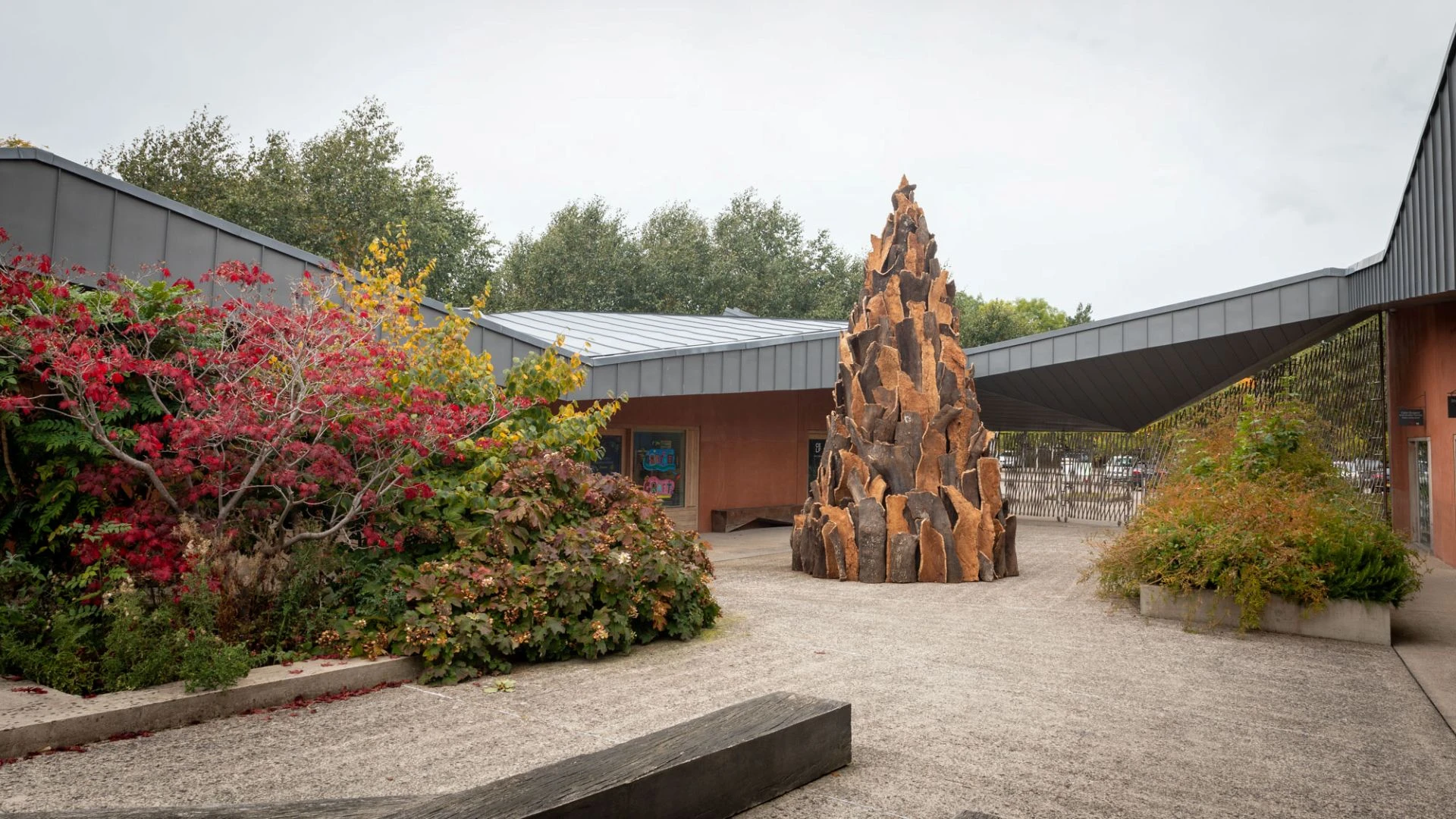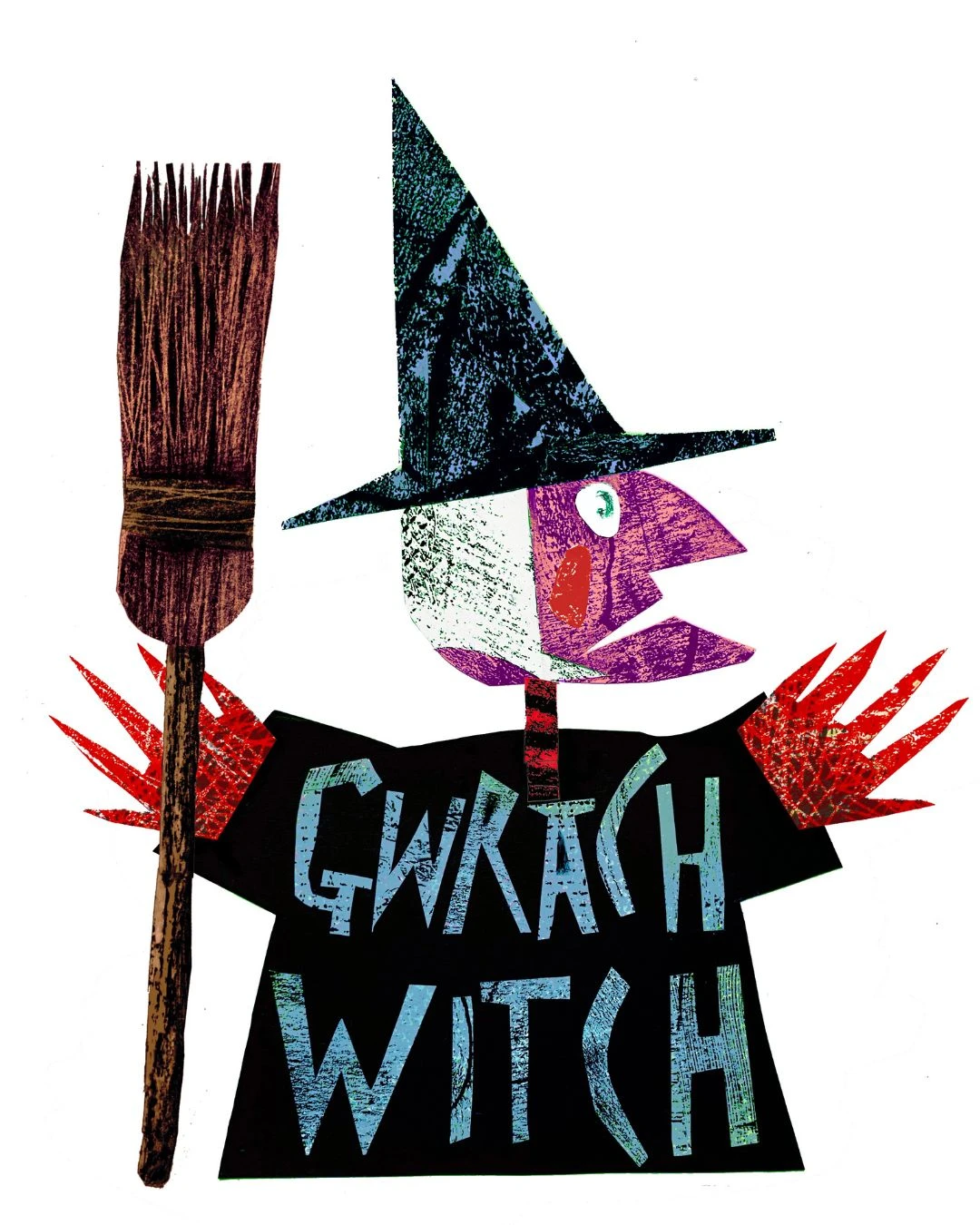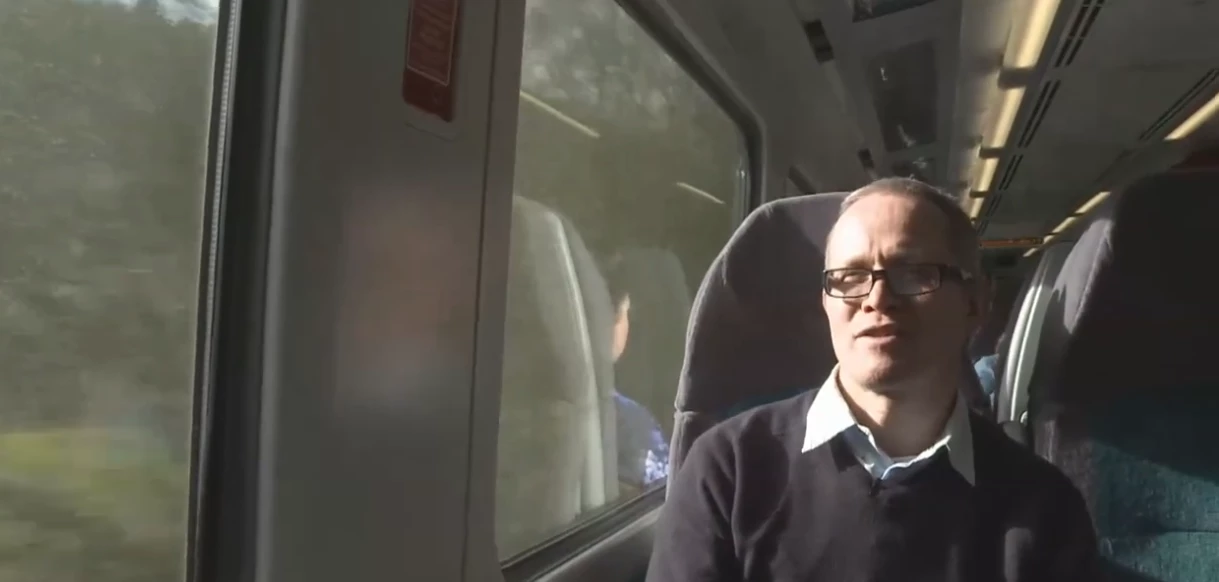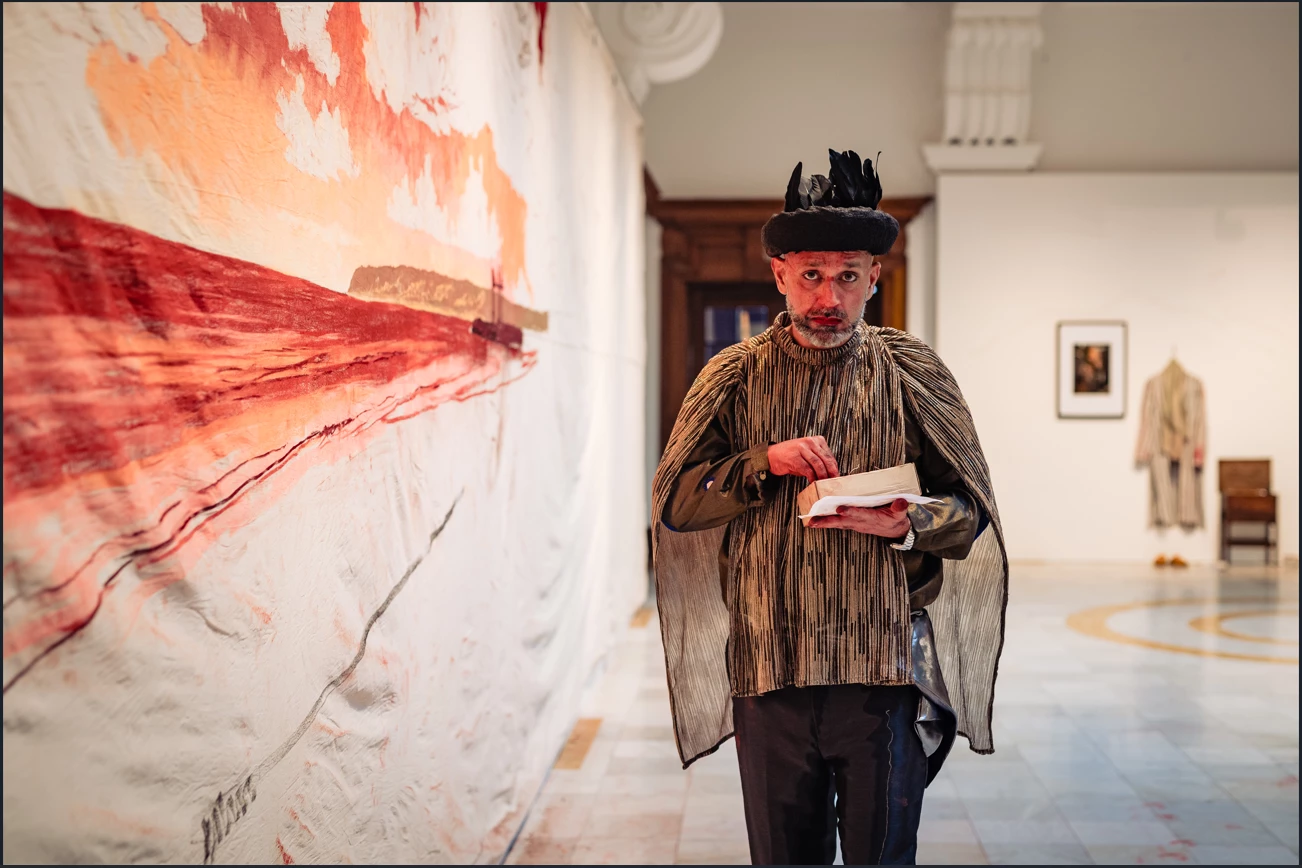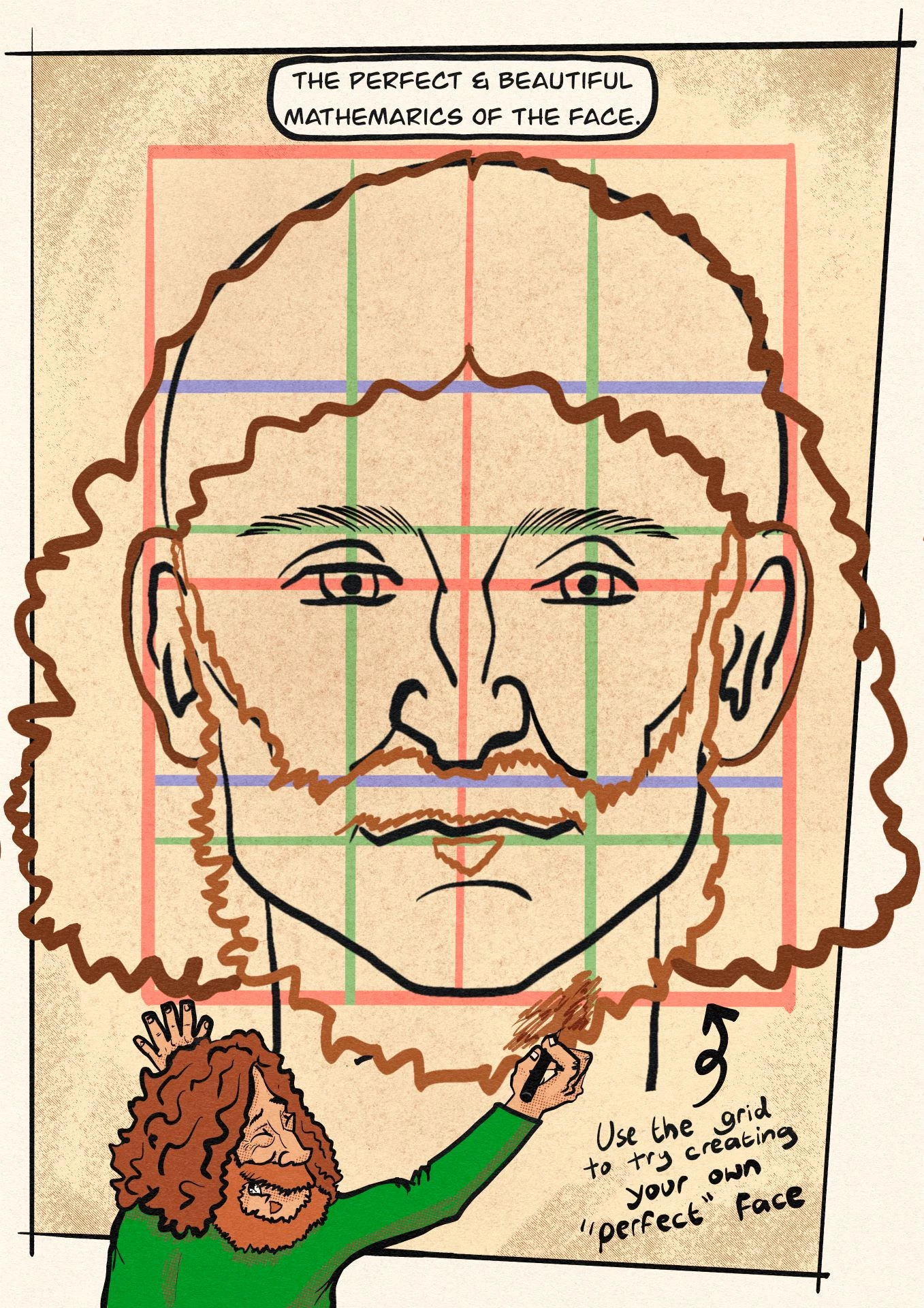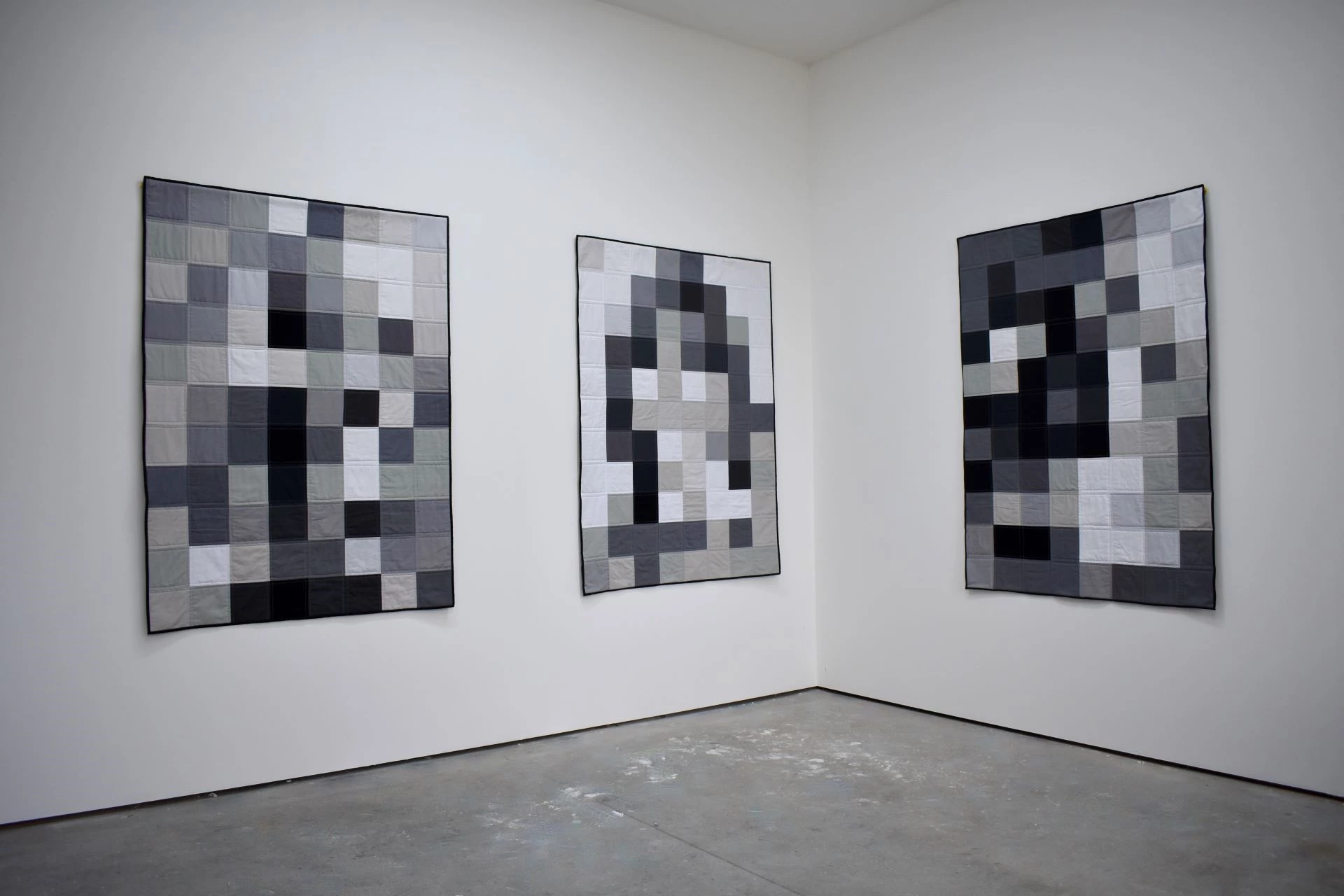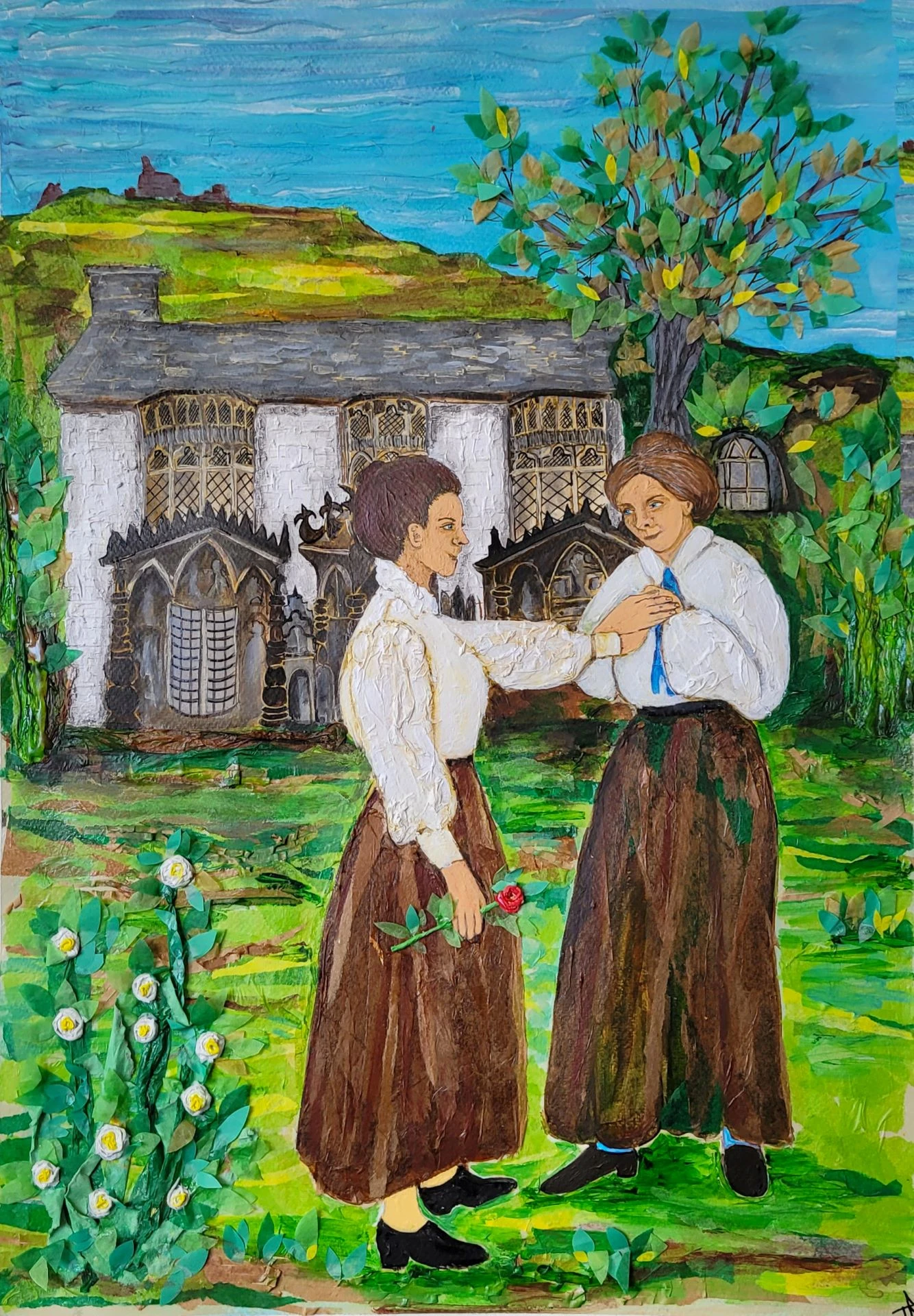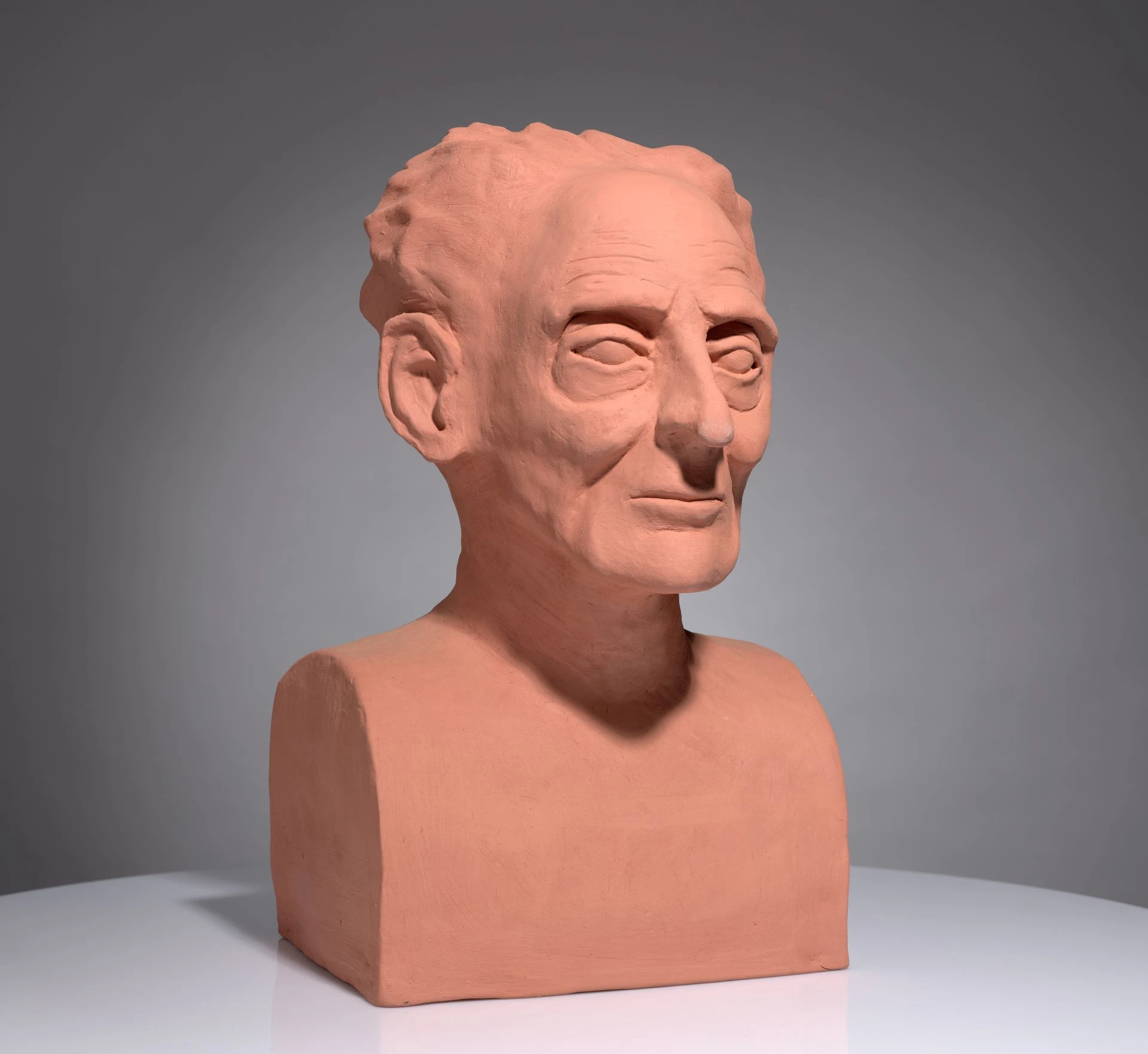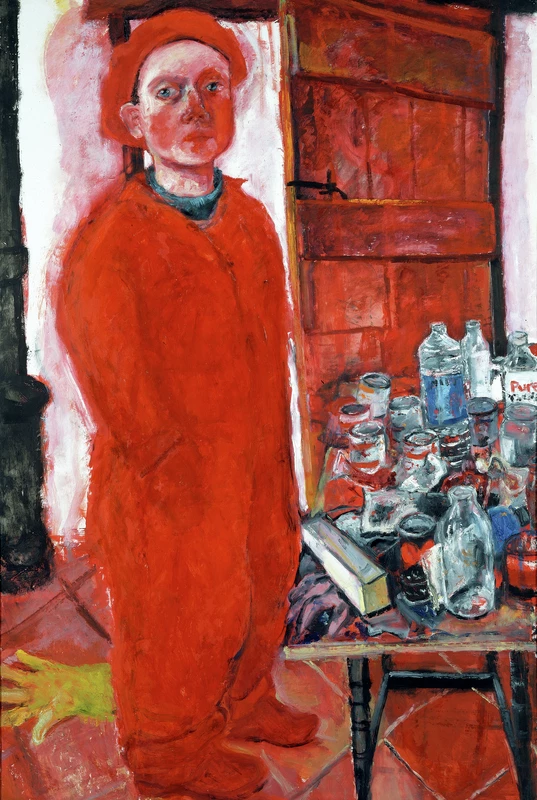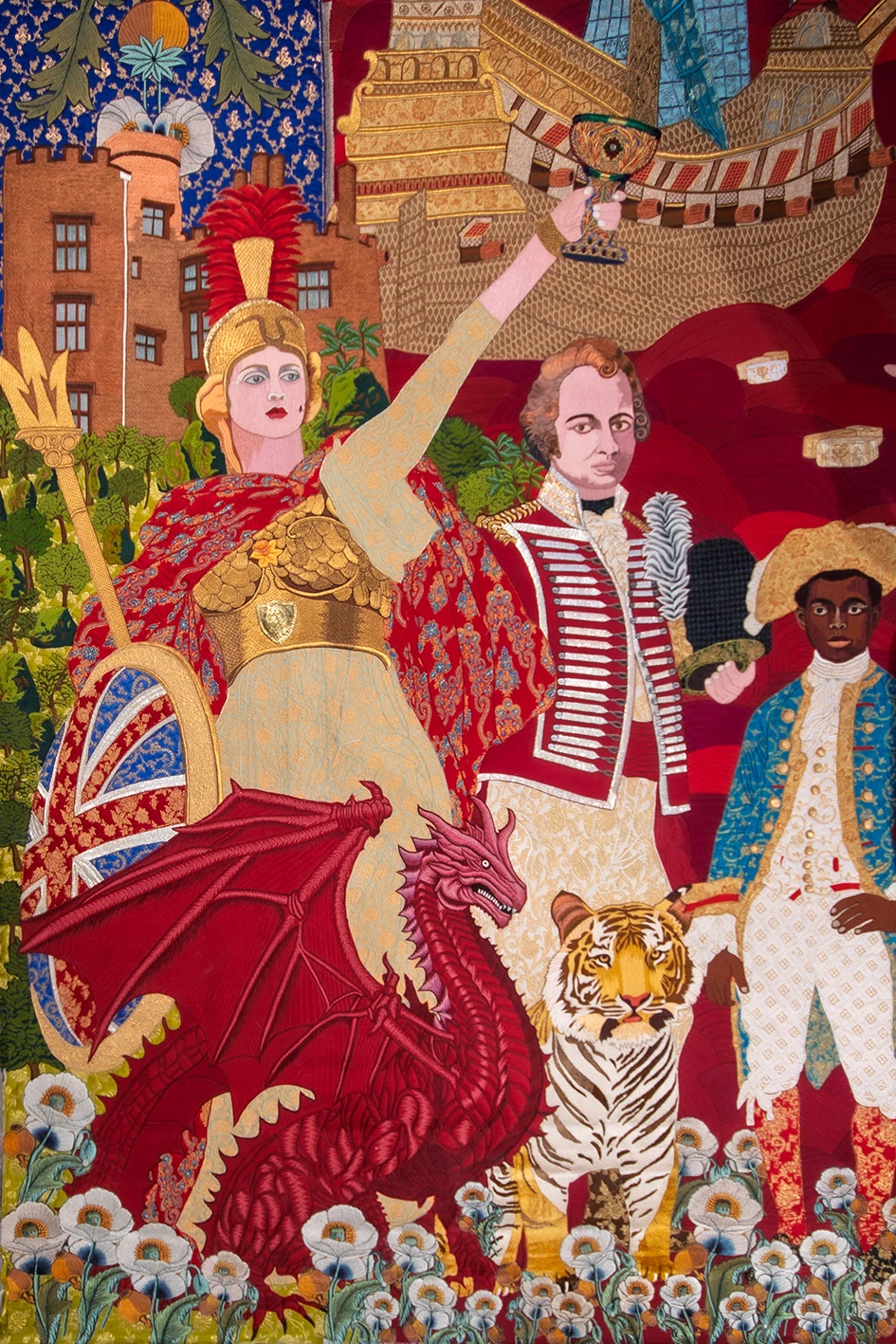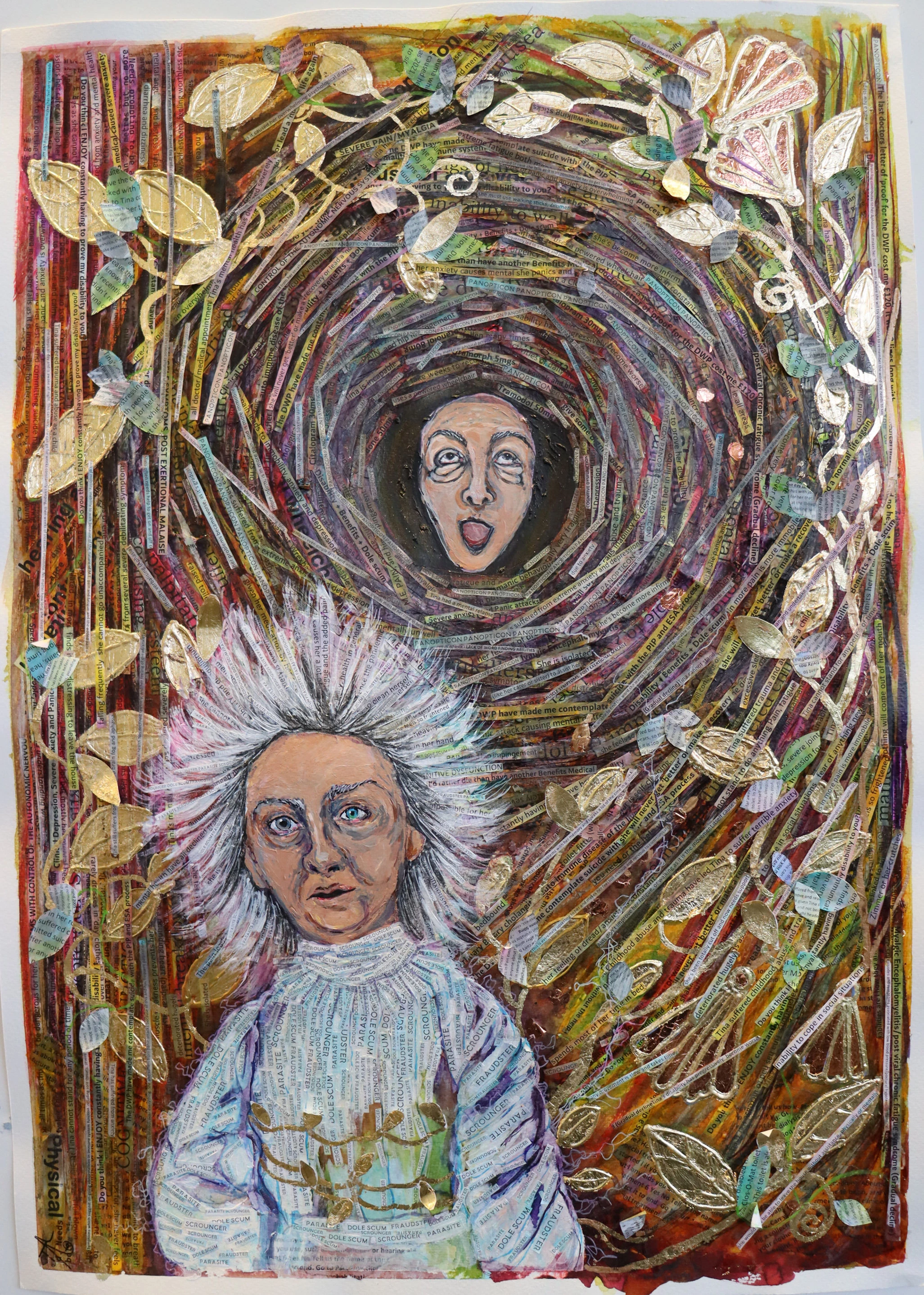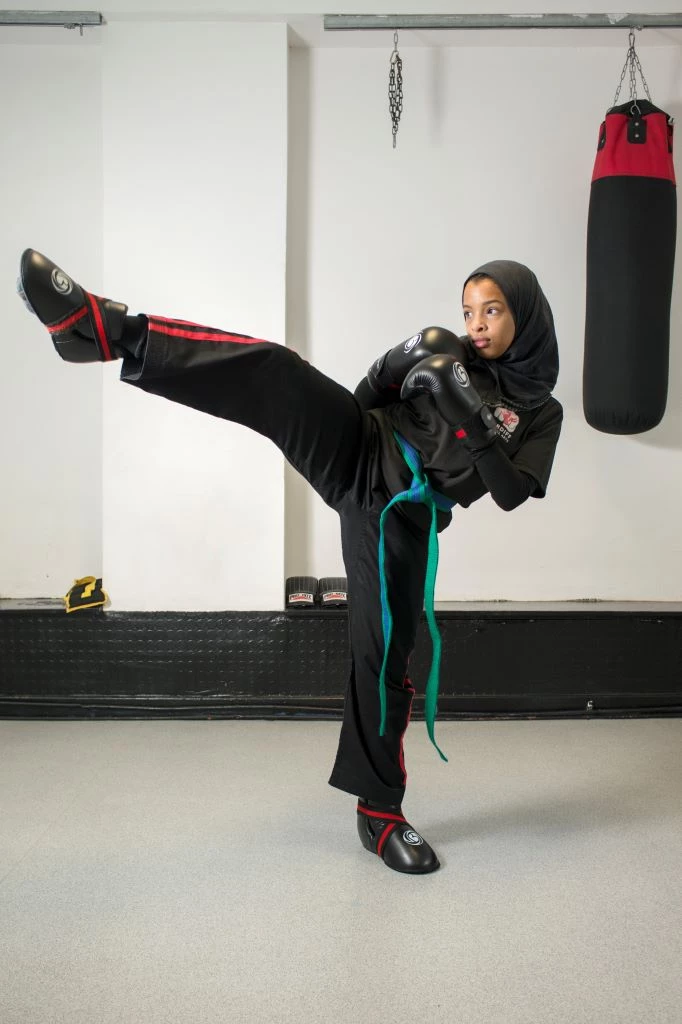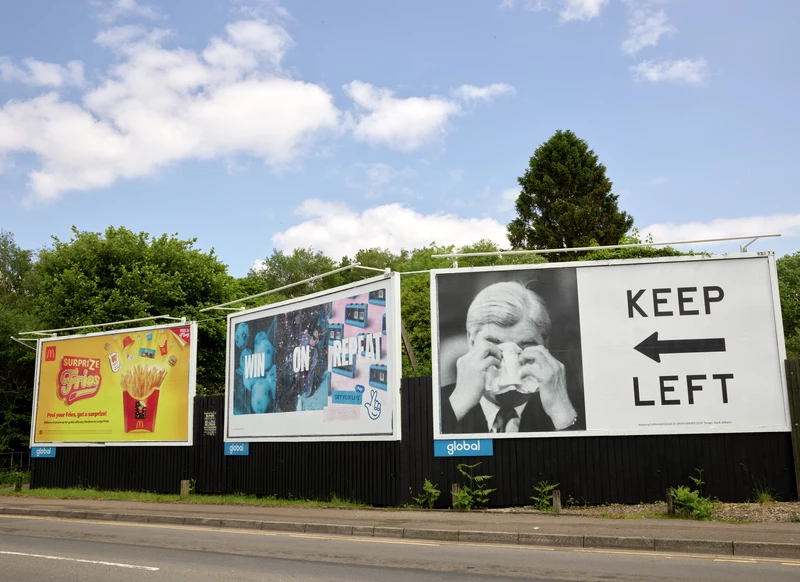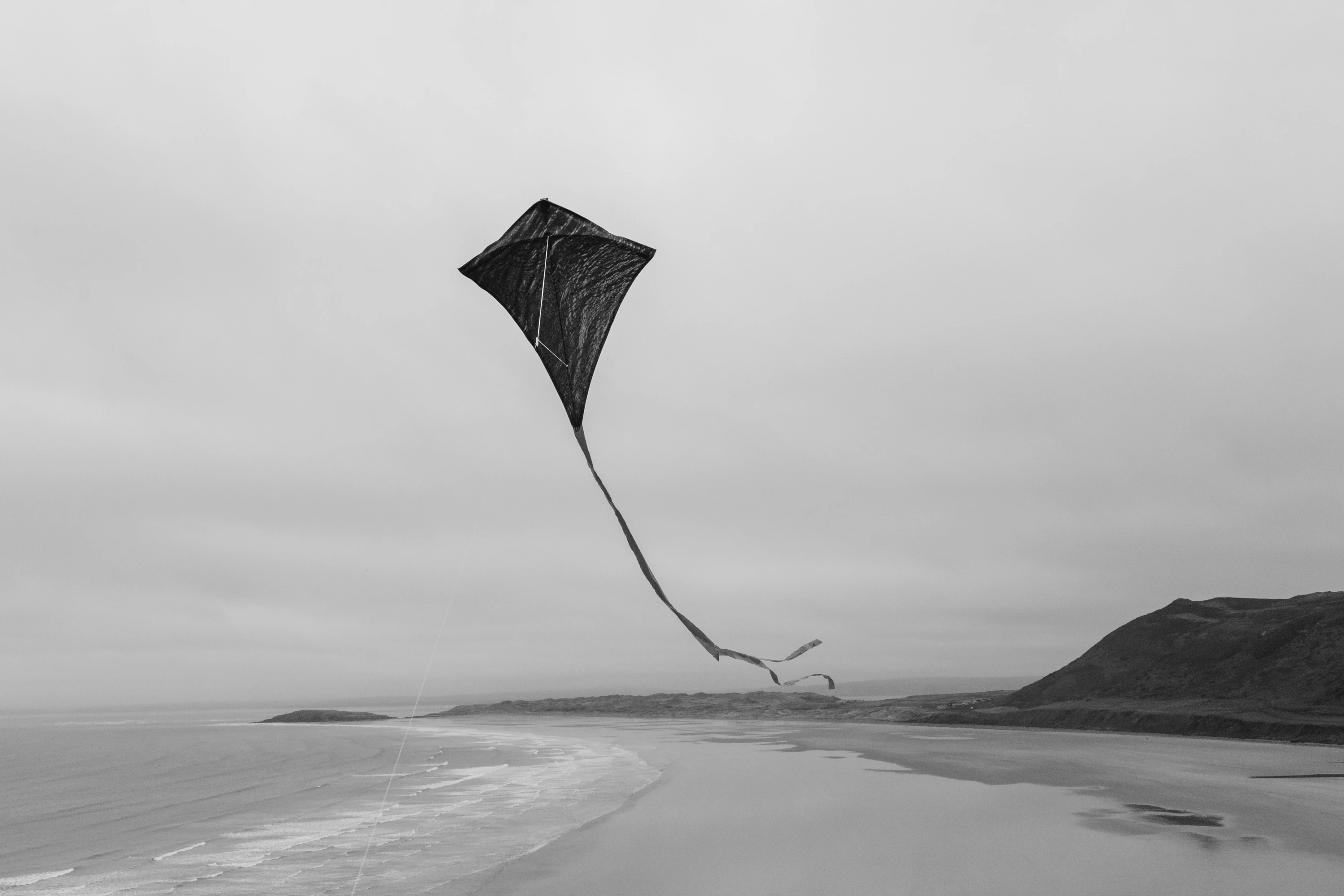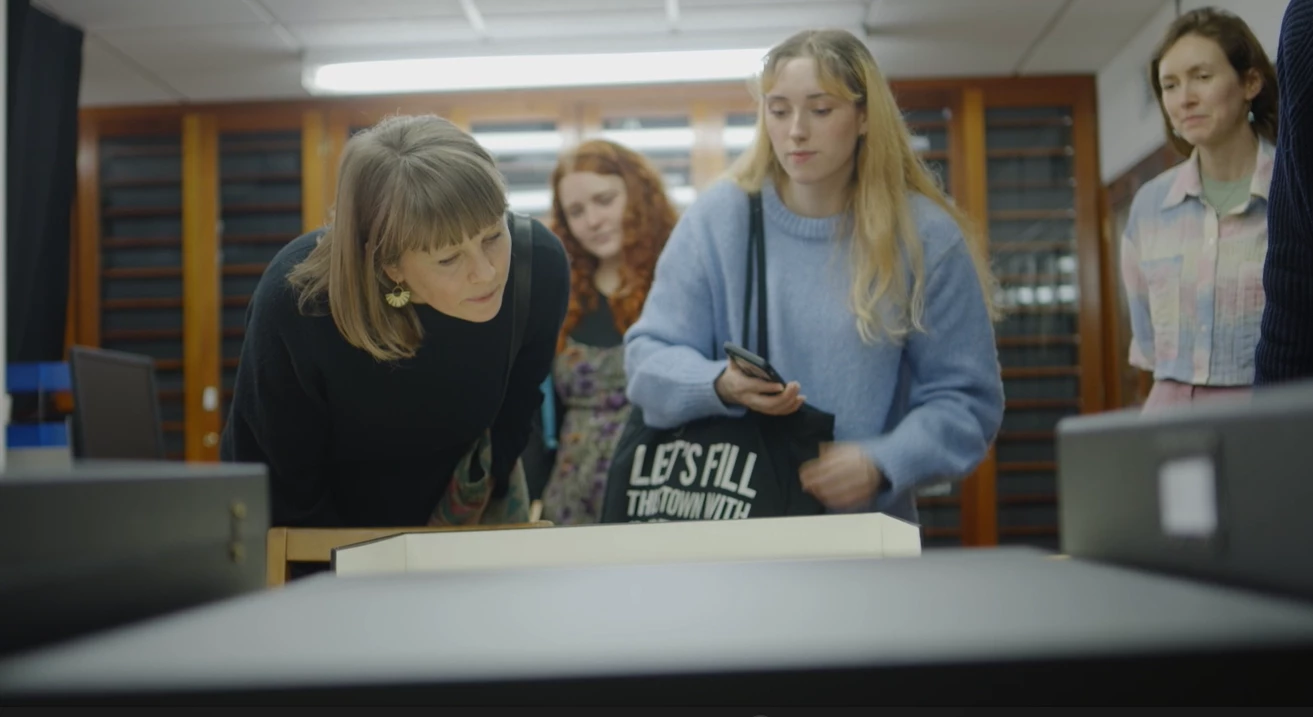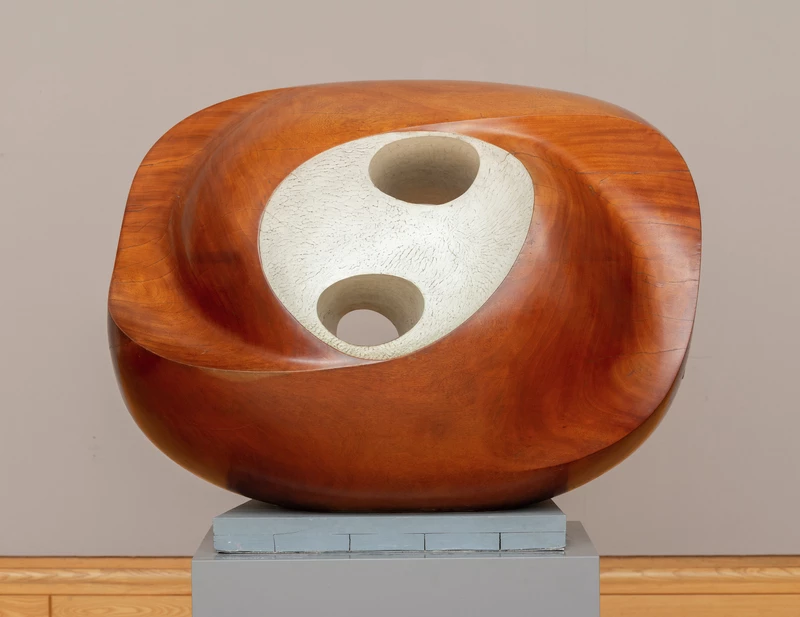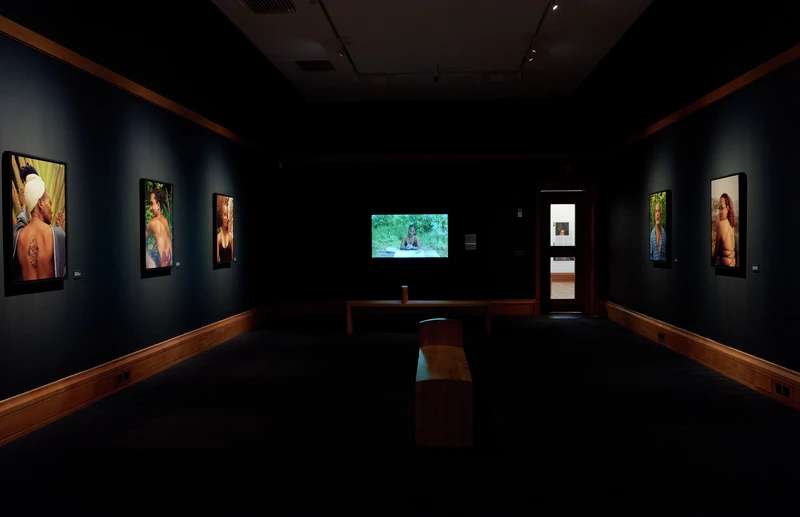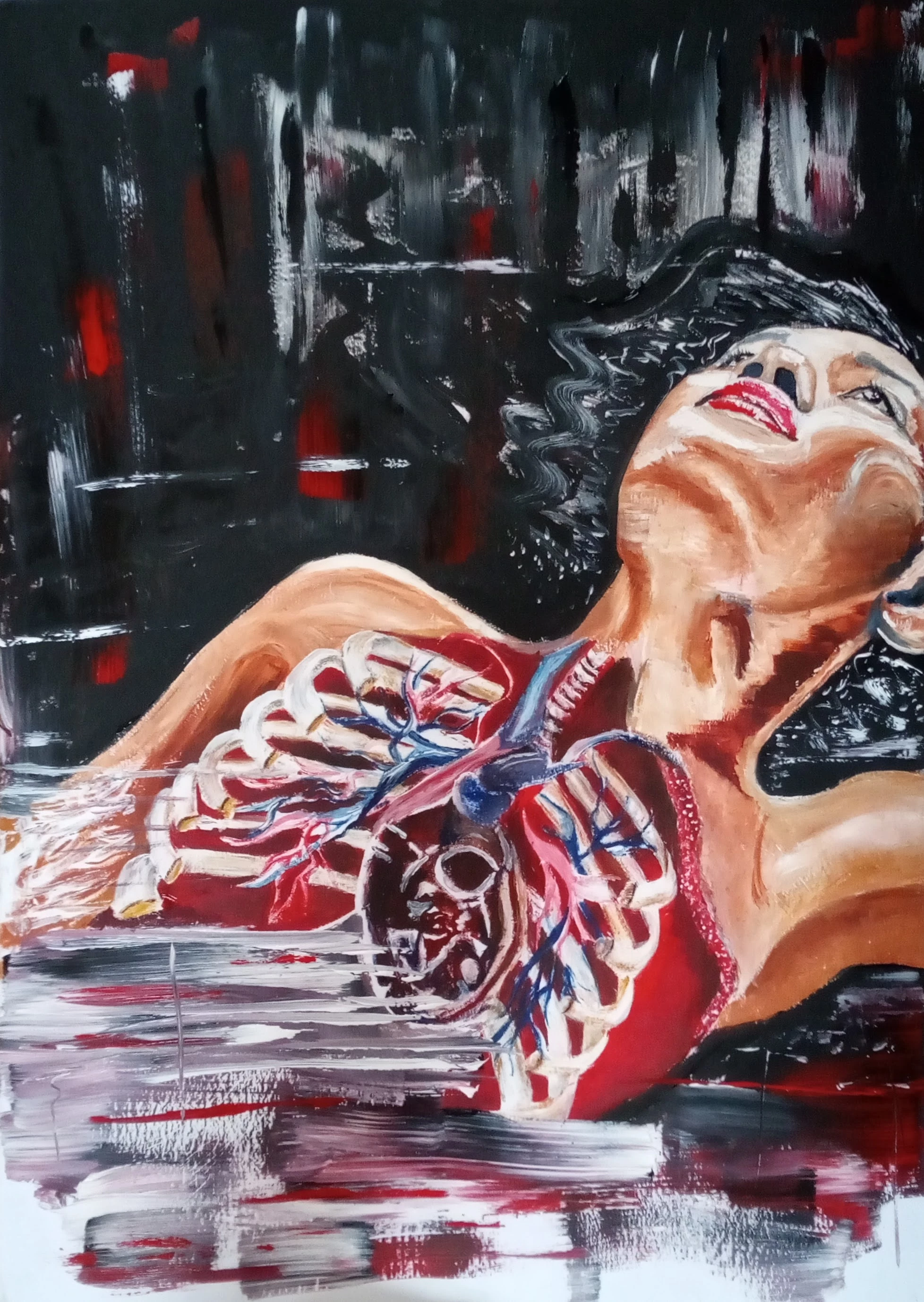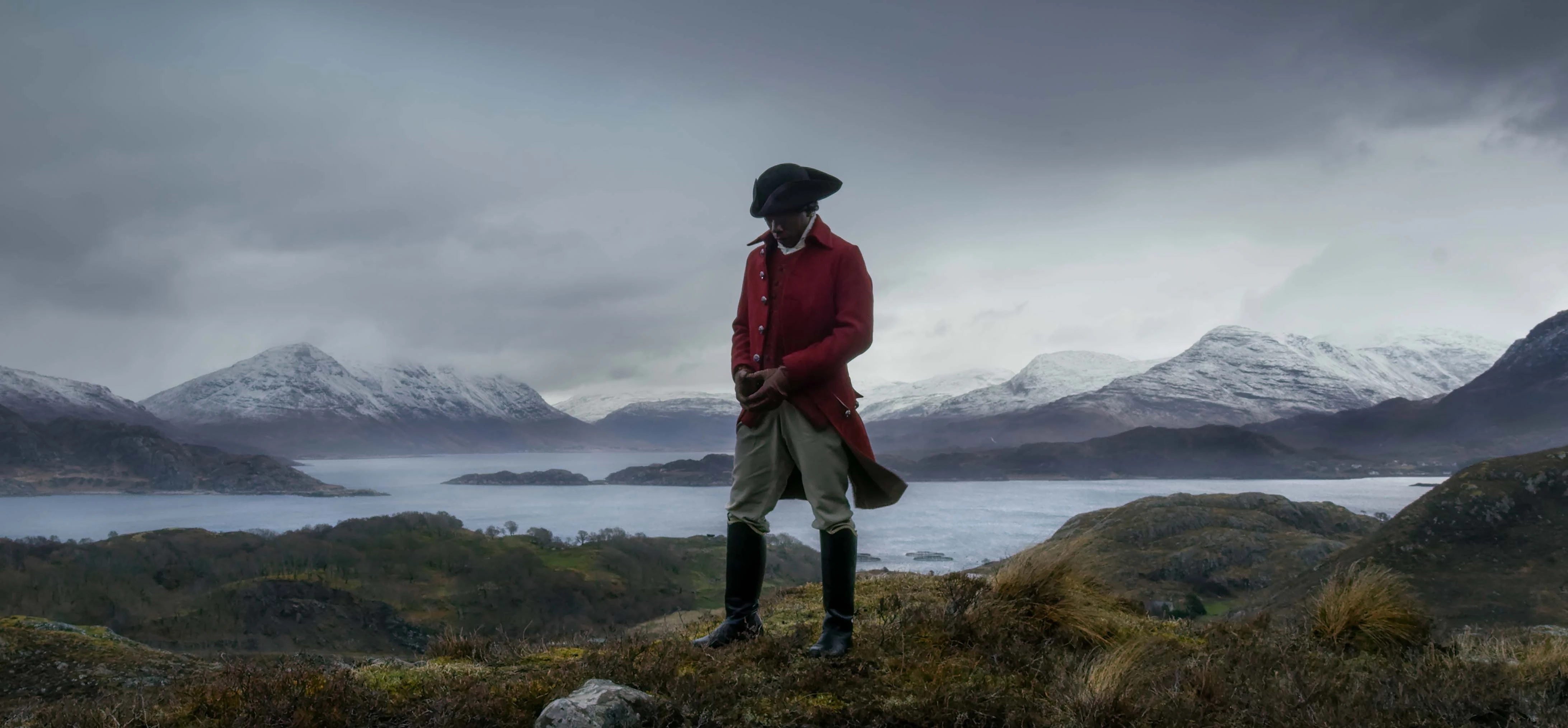She was called Pampetris.
According to the folk tale, she used to live on Llangybi common, and her husband would drink too much. The folk tale ends by describing her transforming him into a horse, jumping on his back, and riding him over hills and fields.
Nansi Goch from Llanidloes has a similar story. The local men thought she slept with the devil, so they refused to associate themselves with her. The local belief was that she would turn the people who crossed her into horses, and she would ride them until they died of exhaustion.
According to the folk tales of Pembrokeshire, Betty Foggy was a woman who men ‘lusted after’. She was a mother, and she lived in a cottage above Pembroke. One day, a ship was being launched, and Betty wanted to watch it happen. However, she was mocked by the local population and the officers, and she was refused entry. According to the folktale, she announced that ‘no ship will be launched today’. Once the ceremony began, it became obvious that no ship would launch that day, as it was stuck in the harbour.
These are three of the 90 women I wrote about and illustrated as part of the Gwrachod Cymru project.
…
O Lord Jesus Christ Sacratus he hereth the preserver of Richard Mason his stock big and small cattle that is on his farm from all witchcraft and from all Evil men and women or spirits or Wizards… Amen XXXX and this I trust in the Lord Jesus Christ thy redeemer and saviour from all witchcraft this ye trust in Jesus Christ to secure Richard Mason his Cattle, Horses, Sheep, pigs, poultry. Every creature on the farm from all witchcraft. Pater Pater Pater. Noster Noster Noster. Ave Ave Ave Maries. X
This piece by Mary Lloyd Jones contains a prayer by a man (Richard Mason), who begs God to protect him from witches and witchcraft.
But who needed protection?
It could be argued that these alleged ‘witches’ needed protecting from their neighbours, the wider community, and the men in their lives.
When I began documenting the witches’ stories as part of the project, my decision was to celebrate their lives, and their personalities, rather than focusing on what was, often, a sad end to their lives due to the violence of a man, or the men of the town or the village. 2019, when I started the project, was a time where people could appreciate the interesting characters of these women without the prejudice that likely negatively affected them during their lives.
And although the Gwrachod Cymru project documented the witches in Welsh folklore, there were many cases of real-life accusations of witchcraft, and people were condemned to death as a result of witchcraft, in Wales.
Lowri, Agnes, and Rhydderch
One famous case is that of Gwen ferch Ellis, but there is also the case of Lowri and Agnes ferch Evan (daughters of Evan). In Caernarfonshire in 1622, Lowri and Agnes ferch Evan, along with their brother Rhydderch ap Evan, were accused of cursing Margaret Hughes from Llanbedrog until she died. All three were accused of causing Mary Hughes, also from Llanbedrog, to lose the use of her legs, and her left arm, as well as the ability to talk. Although it is possible that an argument between both families led to the accusation, all three were found guilty, and hanged.
Margaret ferch Richard
This history repeats itself in the story of Margaret ferch Richard. Margaret ferch Richard was a woman who lived in Beaumaris, next door to a woman called Gwen Gwraig Owen Meredith. Gwen fell ill, and she was ill between the last day of October 1654 until the final day of that same year, when she died. Margaret was accused of cursing Gwen, and although she denied the allegation, she was found guilty by Judge Edward Bulstrode and his court. In 1655, Margaret ferch Richard spent her final evening in Beaumaris jail. The following morning she was hanged for cursing her neighbour.
Margaret and Gwenllian David
Two others who were accused of witchcraft were Margaret and Gwenllian David, who are documented in the book Gwrachod Cymru by Eirlys Gruffydd. Margaret and Gwenllian were a mother and daughter who lived in Llangadog, Dyfed. A case was brought against them in 1656 of cursing animals, causing massive financial loss. Both were accused of causing physical pain to those who refused to give them money. Both were sent to prison for a period of time.
I think one of the strengths of Mary Lloyd Jones’s Swyn I is the fact that, although the piece includes the prayers of Richard Mason, the use of words, handwriting, and diagrams in the piece make us think of ‘swynau’ or spells. One such spell was discovered in the house of Thomas Mostyn, and as a result, Gwen ferch Ellis was accused of witchcraft.
Gwen ferch Ellis
Gwen earned her living sewing and knitting, and she also would create folk medicines for her friends, her neighbours, and animals when they were ill. She’d been married three times during her life. When the bishop asked her, after she had been accused of witchcraft, whether she had ever used spells, her answer was ‘of course’, and she went on to recite one.
She was sent to prison, and the Magistrate asked the local people if they had any proof that Gwen was a witch, or any accusations against her. 7 people testified against her. A bailiff and his assistant testified that Gwen owned a devil, and they had seen it in the form of a fly. A local miller’s wife accused Gwen of throwing witchcraft at her son and murdering him.
Gwen ferch Ellis was found guilty of one accusation of criminal witchcraft, and she received the death penalty. She was hanged in Denbigh in 1594.
…
Looking at Swyn I, and thinking of all the stories and histories of witchcraft in Wales, we can question what is light, and what is darkness. Are witches the light in a dark world, or does Christianity, and the Christian society convey that light? Some of these alleged witches offered medical healing to their communities, or offered aid to Welsh women.
We can also ask ourselves – did men need protection from witchcraft, or did these witches need protection from men?
Efa Lois is a Welsh illustrator and writer. She uses her artwork as a medium to raise awareness of Welsh folklore, history, culture, and architecture. Her written work focuses on Welsh women’s history, and the impact that climate change will have on the culture and the future architectural inheritance of Wales. Since 2019, Efa’s project Gwrachod Cymru (Welsh Witches) has documented over 90 witches from Welsh folklore. You can read more about the project on her website.


